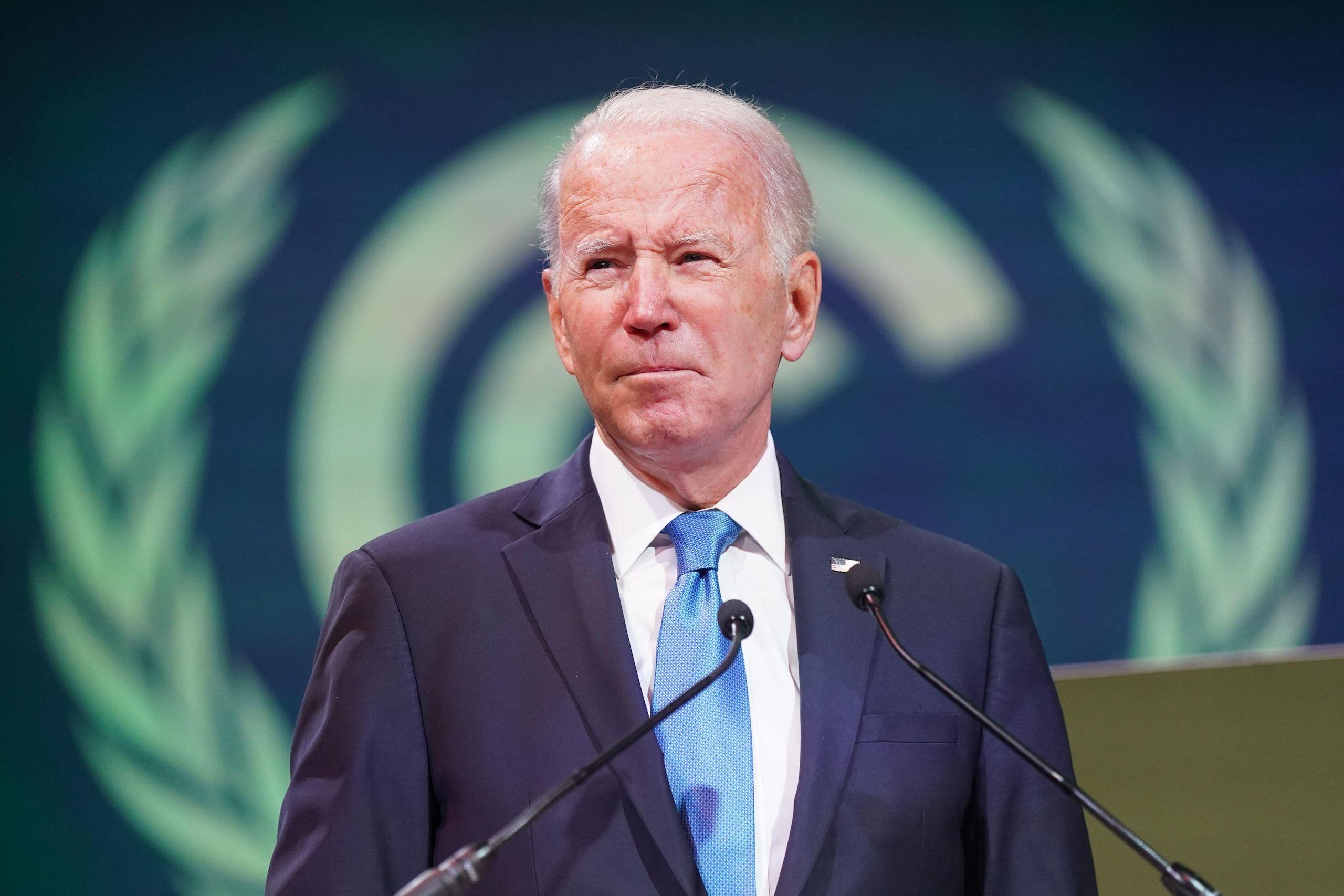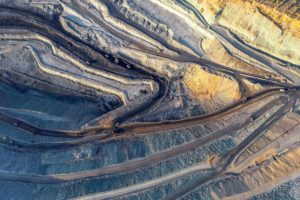Exactly a year ago, President Biden was inaugurated. He brought an end to President Trump’s four years of climate inaction, reckless promotion of fossil fuels and obstruction on the international stage. In his first year, Biden has taken climate change more seriously than any of his predecessors, pushing action in both Congress and the federal government. Despite this, it has been a struggle.
When he took office, the US immediately rejoined the Paris Agreement and Biden became the first president to set a national climate target roughly in line with what the science demands. Money is flowing fast into solar, wind, batteries and new, low-carbon technologies.
At COP26 in Glasgow, Biden worked to restore climate cooperation with China, pledged to crack down on methane – a greenhouse gas many times more powerful than carbon dioxide that has surged alongside a boom in US oil and gas production over the past decade – and vowed to curtail government spending on fossil fuels overseas. His financial regulators are also now working out how to make companies and big banks take account of climate risks, while the Department of Energy is looking to recruit a thousand workers to form a new “clean energy corps”.
Through the year, the United States was battered by storms, inundated by rain and burnt by fires, even in the depths of winter. Forty per cent of Americans live in counties that were hit by climate disasters in 2021. My own neighbourhood in New York suffered historic flash flooding on the back of Hurricane Ida, drowning people in basement apartments.
After four years of Trump’s sabotage, Biden has had to play catch up. The administration started work late, impeded by the rockiest transition in recent US history, after a mob of Trump supporters ransacked the Capitol while Congress tried to formalise Biden’s election victory. Since then, Congressional Republicans have done their best to prevent Biden from nominating the staff he needs to enact his agenda, as have some Democrats with industry ties.
Despite public support, some progress and a lot of reasons to stay motivated, the US federal government, like an aging ship, is tough to steer, and slow to turn. Biden’s signature climate and infrastructure plan – the Build Back Better Act, initially called the American Jobs Plan – is dying by a thousand cuts in the Senate. It’s not clear if the bill will eventually pass but, if it does, it will not be what Biden proposed. A key climate provision, the Clean Energy Performance Program, which would have incentivised utilities to produce more low-carbon energy, has been removed, though hundreds of billions of dollars of spending on clean energy remain. Democratic Senator Joe Manchin, whose vote is essential to pass the bill, is now trying to gut its social spending element.
Without Build Back Better or expanded executive action, the US will almost certainly miss its climate targets
A smaller bill – the Bipartisan Infrastructure Bill, which fulfilled some of Biden’s climate promises – was signed into law last November. It guaranteed billions of dollars of government money for improving power lines and building electric vehicle charging stations, but also included hefty spending on airports, roads and other things that will increase greenhouse gas emissions.
Evergreen Action, an environmental group, has attempted to assess Biden’s progress across 46 climate commitments he made that can be fulfilled without Congress. It found that Biden has achieved or made “great progress” in 15 of those commitments, including starting preparing the health system for climate impacts, and forming an environmental justice council. He’s made only some or not enough progress on the other 31. These tend to be more consequential. For example, he’s tightened fuel economy standards for new cars and trucks and improved building codes, but not by enough. And he’s not yet helped the many communities that have been directly affected by climate change and pollution.
Perhaps, the best way to measure the impact of these programs is national greenhouse gas emissions. According to an analysis by the Rhodium group, these increased 6.2% in 2021 compared to 2020, largely due to an increase in coal burned for electricity and a rebound in road transportation. Given the severe economic effects of the pandemic in 2020, emissions in 2021 were in fact 5% below 2019 levels and 17.4% below 2005 levels. But, to hit the targets set by Biden, by 2030 they need to be 50-52% lower than in 2005. The US is still well off track.
If Build Back Better fails, it’s widely assumed that Biden will try to follow former President Obama’s lead and use the Clean Air Act to pass climate policy without Congress. However, a group of legal cases brought against the Obama-era Clean Power Plan will be heard by the Supreme Court late next month. A loss in the Republican-controlled court would severely limit the power of the president to act on climate without Congress. Without Build Back Better or expanded executive action, the US will almost certainly miss its climate targets.
It is, once again, an election year in the United States, with every seat in the House of Representatives and a third of all Senators to be decided on 8 November. Republican efforts to limit voting rights at the state level, combined with structural advantages they have in the Senate (where voters in small states like Wyoming and North Dakota get two senators each, the same number as California, which has many times the population) and partisan gerrymandering in the House of Representatives, mean they are odds on favourites to retake Congress, which would end any hopes of passing climate policy into law until at least 2024.
Biden’s first year has been a failure. For the good of the country, the climate and the world, Biden’s second year needs to be better
The odds of the Democrats retaining power and doing more during the Biden presidency are hindered by Biden himself. While climate action remains popular, Biden is not. More voters disapprove of the job he’s doing than approve, with his approval hitting a record low this month. Disapproval focuses on his handling of the pandemic and economy. Nationally, covid cases surged over the winter holidays, hitting a high of 1.5 million new cases a day. Inflation is also at a record recent high – 7% – though much of that can be explained by the impact of the pandemic.
The next few months are shaping up to be the most important for climate policy in the US for more than a decade. Relative to the scale of the climate problem, Biden’s first year has been a failure. For the good of the country, the climate and the world, Biden’s second year needs to be better. Passing Build Back Better, and ensuring voters benefit from it, may be the Democrats’ best shot at retaining power, in this year’s midterms, and in the next presidential election in 2024. But it’s not clear how much the Biden Administration can get done before the Republicans, like a strengthening storm, may wash it all away again.









